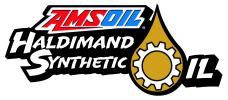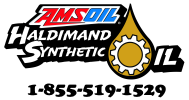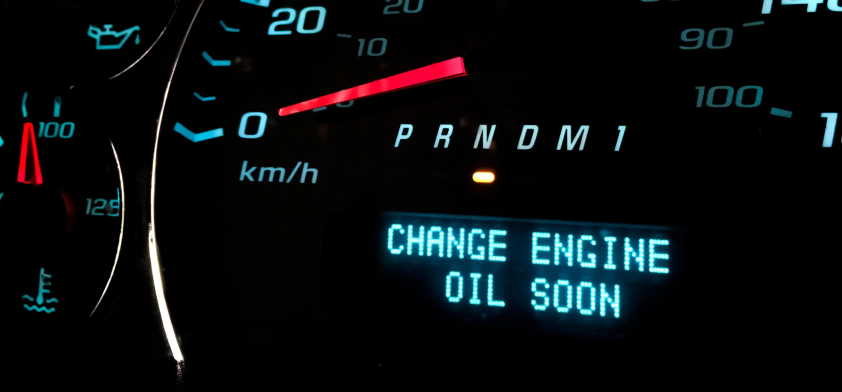Oil-life monitors keep improving, but they’re not perfect.
What happens when your vehicle’s oil-life monitor contradicts our oil-change recommendations?
Oil-life monitoring systems (OLMS) are standard on most vehicles today. Their prevalence the past several years has helped convince motorists to go longer between oil changes than the old 3,000-mile (4,800-km) standby, reducing waste oil and saving time and money. Today, it’s common for an OLMS in a vehicle driven mostly under normal service to recommend an oil change after 10,000 miles (16,100 km) or more.
For all their benefits, these systems do have shortcomings. For starters, they sometimes provide service intervals that contradict the recommendations of some of our oils. Their biggest shortcoming, however, is what they don’t do. To get the details, let’s look at how an OLMS works.
Oil-life monitor is not an accurate description for these systems. A better name is oil-life estimator. They do not monitor any direct physical or chemical property of oil; they only accumulate data from the vehicle’s computer and predict how your driving habits and operating conditions have affected the oil’s viscosity, total base number (a measure of remaining detergency), oxidation level and other factors.
Since the OLMS can’t measure these key properties like a chemist in a lab would measure them, how can it know when the oil has, for example, only 10 percent life remaining? It can’t. The OLMS simply estimates oil life based on an algorithm.
While first-generation oil-life monitors were simple, mileage-based systems that prescribed fixed oil-change intervals regardless of operating conditions, today’s systems are far more sophisticated. They monitor several conditions known to reduce oil life, enter those values into an algorithm and return the oil-life percentage you see on your vehicle’s display.
Towing, for example, can lead to increased engine rpm, which stresses the engine and the oil. If the vehicle’s computer detects frequent high-rpm driving, the OLMS will shorten the oil-change interval. The same holds for extreme ambient heat, which can accelerate oxidation and chemical breakdown of the oil. Continually driving under heavy loads, like while towing, also shortens the drain interval, along with several other factors.
For example, Ford* says in a video on its website that drivers can expect its Intelligent Oil-Life Monitor* to recommend oil changes about every 7,500-10,000 miles (12,100-16,100 km). But, if you do a lot of trailer-towing or idling, expect the system to recommend oil changes every 5,000-7,500 miles (8,000-12,100 km). Driving in extreme temperatures or frequently towing near maximum capacity will lead to oil changes every 3,000-5,000 miles (4,800-8,000 km). Oil-life monitors from other automakers typically follow the same pattern.
But, what if I use AMSOIL Signature Series Synthetic Motor Oil, which is proven to neutralize acids, fight viscosity loss and resist volatility better than other oils, helping it last longer? How does the OLMS adjust its recommendations depending on oil quality? It can’t, which brings us to another key point to remember about these systems. For all their benefits, your OLMS cannot differentiate between a high-quality synthetic oil and a cheap conventional oil.
In these cases, your OLMS may recommend an oil change in your heavy-use pickup after just 5,000 miles (8,000 km) when you know perfectly well the Signature Series Synthetic Motor Oil in the engine is good for another 10,000 severe-service miles (16,100 km) since we guarantee the oil for up to 15,000 miles (24,100 km)/one year in severe service. The same principle holds for XL Synthetic Motor Oil, which carries a maximum drain interval of up to 12,000 miles (19,300km)/one year.
Despite the sophistication of oil-life monitoring systems, they have drawbacks. You can rest assured, however, that our synthetic motor oils will deliver excellent protection in your vehicle for the drain interval we recommend, regardless of what the OLMS says. If you elect to extend your drain interval, but your OLMS calls for an oil change before reaching the end of the oil's guaranteed service life, simply reset the OLMS and follow the guidelines we provide on the product label. There’s no sense wasting good oil.







 Canada
Canada United States
United States